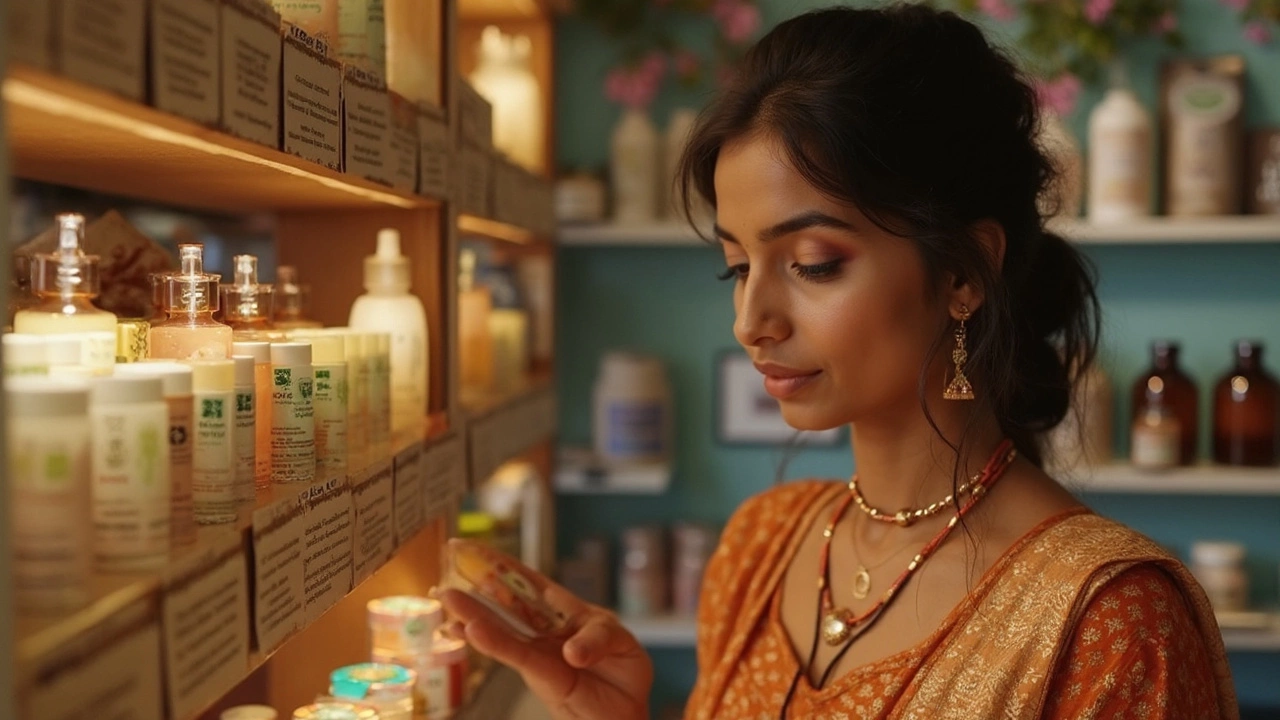Natural Ingredients in Beauty: A Simple Guide
If you’ve ever wondered why more brands shout about “natural” on their packaging, you’re not alone. People are tired of mystery chemicals and want to know what’s actually feeding their skin and hair. The good news? Natural ingredients can be just as effective as lab‑made actives, often with fewer side effects. Below we break down the basics, so you can spot the real winners in the beauty aisle.
Why natural ingredients matter
First off, natural doesn’t automatically mean better, but many plant‑derived compounds have a long history of safe use. Think of aloe vera soothing sun‑kissed skin or green tea’s antioxidant punch that fights free radicals. These ingredients usually work with your body’s own processes, helping the skin barrier stay strong and the hair cuticle stay smooth. When you choose products with proven botanicals, you’re often getting a mix of vitamins, minerals, and gentle acids that support daily renewal without harsh irritation.
Another win is transparency. A product that lists jojoba oil or licorice extract is easier to understand than a formula full of obscure code names. This makes it simpler to avoid known irritants like parabens or synthetic fragrance. Plus, many natural actives are eco‑friendly, meaning they’re sourced responsibly and break down more easily after use.
Top natural ingredients to look for
Aloe Vera – Ideal for calming redness, it’s packed with water‑binding polysaccharides that keep skin hydrated. Use it after a sunny day or whenever your skin feels tight.
Green Tea Extract – Rich in EGCG, it shields skin from UV‑induced damage and reduces visible signs of aging. Look for it in serums targeting fine lines.
Niacinamide (Vitamin B3) – Though technically a vitamin, it’s often derived from natural sources. It brightens dark spots and strengthens the moisture barrier, making it a must‑have for uneven tone.
Shea Butter – A heavy‑duty emollient perfect for dry or mature skin. It melts into a silky layer that locks in moisture without feeling greasy.
Jojoba Oil – Mimics the skin’s natural sebum, balancing oil production for both oily and dry types. A few drops on the face or hair ends can tame frizz and add shine.
When you shop, scan the ingredient list for these names. If they appear near the top, the product contains a meaningful amount. Pair them with a solid routine – cleanse, tone, treat, moisturize – and you’ll notice smoother texture and less irritation.
Want to see these ingredients in action? Check out our guides on natural anti‑aging tricks, beginner skincare steps, and the best hair care routine for healthy strands. Each article dives deeper into how these botanicals work and which products deliver the best results.
Bottom line: natural ingredients aren’t a gimmick; they’re proven helpers that can boost your skin’s health and keep hair looking vibrant. By learning the basics and reading labels, you’ll cut through the hype and pick products that truly benefit your beauty routine.
Healthiest Cosmetics Brands: Your Real Guide to Organic Skincare
Trying to choose the healthiest cosmetics brand is tricky with so many options and confusing labels. This article breaks down what really makes a brand 'healthy' and why it matters for your skin and body. Discover which top brands put transparency and real organic ingredients first, plus some ingredient red flags to avoid. You'll get tips for building a simple, safe routine and spotting misleading greenwashing. Feel confident picking products that nourish your skin without the hidden nasties.

 Hair Care
Hair Care